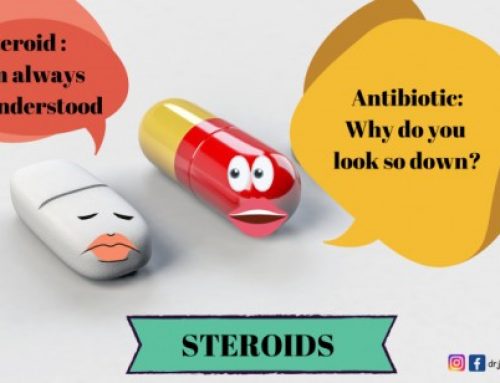Death from choking is preventable!
A 3-year-old choked on a rambutan seed in Baling Kedah and unfortunately passed away. If you try googling using the keywords of choking, children, death, Malaysia – you will notice that this incident was not an isolated case. Besides rambutan, other choking hazards that have taken innocent lives were a piece of bread, milk, ‘jelly candy’ and longan fruit.
The risk of choking is highest among children aged less than 5 years. But that does not mean that it cannot happen to older children or adults. The reason why younger children are prone to choking is that their airway (trachea ) is smaller and hence get obstructed easily. Furthermore, young children have an ineffective cough and may not be able to cough forcefully enough to dislodge the obstructed airway.
Choking hazards can generally be divided into three categories:
⚠️ Food
High-risk foods have certain characteristics:
– Foods that clumps/sticky: peanut butter, bread, cheese cubes, marshmallow, gum.
– Foods that are hard and slippery: peanut, sunflower seeds, cough drops, jelly beans, ice cubes.
– Foods that are round in shape or can mould to the shape of the airway: popcorn, whole grapes, raw vegetables like carrot, celery or sausages especially when cut into a coin shape.
– Stringy foods like string beans or celery
Tips to prevent choking from food
✅️Always feed children in an upright position and never while lying down.
✅️Small children should never be left unattended while eating.
✅️Children should not be walking or running while eating.
✅️Cut food or fruits into small pieces, remove pits or seeds.
✅️Cook or steam vegetables to soften them.
✅️Encourage children to chew their food thoroughly.
✅️Offer intermittent sips of water following a few mouthfuls of food to aid with swallowing.
⚠️ Household items/toys
Examples of choking hazards include balloons, toys with small parts, coins, marbles, erasers, button batteries, small stones, small figurines, screws, crayons and small rocks.
✅️Young children are always curious and will put any small items into the mouth.
✅️Always make sure small items are kept out of reach and buy age-appropriate toys.
⚠️ Signs that a child is choking
– Grabs at his or her throat or waves arms
– Gasping or wheezing
– A gurgling or weak cough
– Difficulty in breathing
– Appears panicked
– Looks red or blue
– Becomes limp or unconscious
Besides taking precautions against choking, every parent, older children, daycare workers, school personnel, baby sitter, and health care workers should be well-versed in how to handle a choking child.
References:
1. Choking hazards cdc.gov
2. Prevention of choking among children – Committee on Injury, Violence, and Poison PreventionPediatrics March 2010, 125 (3) 601-607
3. Choking Prevention for Children health.ny.gov
In this video clip, you will realise how important it is to know how to manage a choking child. It can happen when you least expect it.?
INTERESTED IN PARENTING ARTICLES?
We have the right articles just for you.
“There is no such thing as a perfect parent. So just be a real one.” – Sue Atkins








